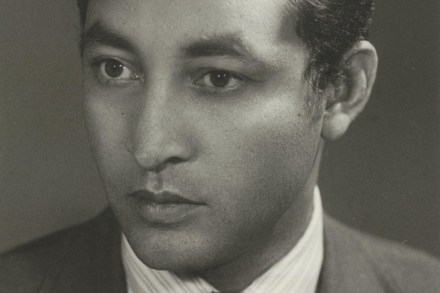Rebellion and repression: Oromay, by Baalu Girma, reviewed
‘We don’t want a James Bond adventure here,’ warns a jumpy spymaster as he grapples with an anti-state conspiracy in Oromay. Among other strands, that’s precisely what this fabled Ethiopian novel of 1983 delivers. Which is remarkable, given that Baalu Girma’s semi-autobiographical thriller of rebellion and repression, love and war, has been translated from Amharic. The ancient Semitic tongue of Ethiopia served as that nation’s official language long before English came to rule at court, and in courts. Girma was both a journalist and a novelist, educated in the US and an editor of English-language magazines in Addis Ababa. He evidently relished the various genres adroitly mined in Oromay. They




